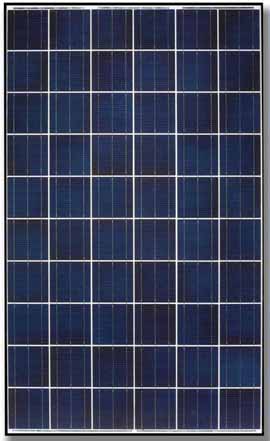Photovoltaics (PV) - Introduction
Photovoltaic (PV) cells convert sunlight directly into electricity. PV cells are usually assembled into weather resistant modules to protect the cells and provide a means of mounting.


They have successfully powered space satellites for more than 60 years and now furnish electricity for a wide variety of applications on earth.
Tens of thousands of Arizona homes, schools, and businesses now have photovoltaic power systems that are connected to the utility grid, reducing the need for energy from other power sources, improving the environment. Arizona electric utilities have embraced photovoltaic power and now have many square miles of large PV arrays.
PV-generated electricity is also used to power water pumps, weather monitoring stations, fire watchtowers, billboard lights, irrigation system, streetlights, boat battery chargers, and numerous other devices in Arizona and throughout the world. Glistening photovoltaic panels can easily be seen at bus stops, atop many roadside emergency telephones, and as canopies in many parking lots where they provide power and shade.
Nevertheless, photovoltaic systems have established a record of reliability and have proven cost effective for many uses. They produce no pollution in creating electricity and require no water to operate. As environmental problems escalate and solar cells costs are reduced, these systems will almost certainly play an important role in our energy future.
For more information, follow the topics below.
- Electrical Generation - PV & Thermal Solar
-
Sizing a photovoltaic system seems missing, needs a lot of work
- Glossary of Terms
-
Economics of Photovoltaics Needs updating
- Economics of Residential Rooftop Solar Needs updating

